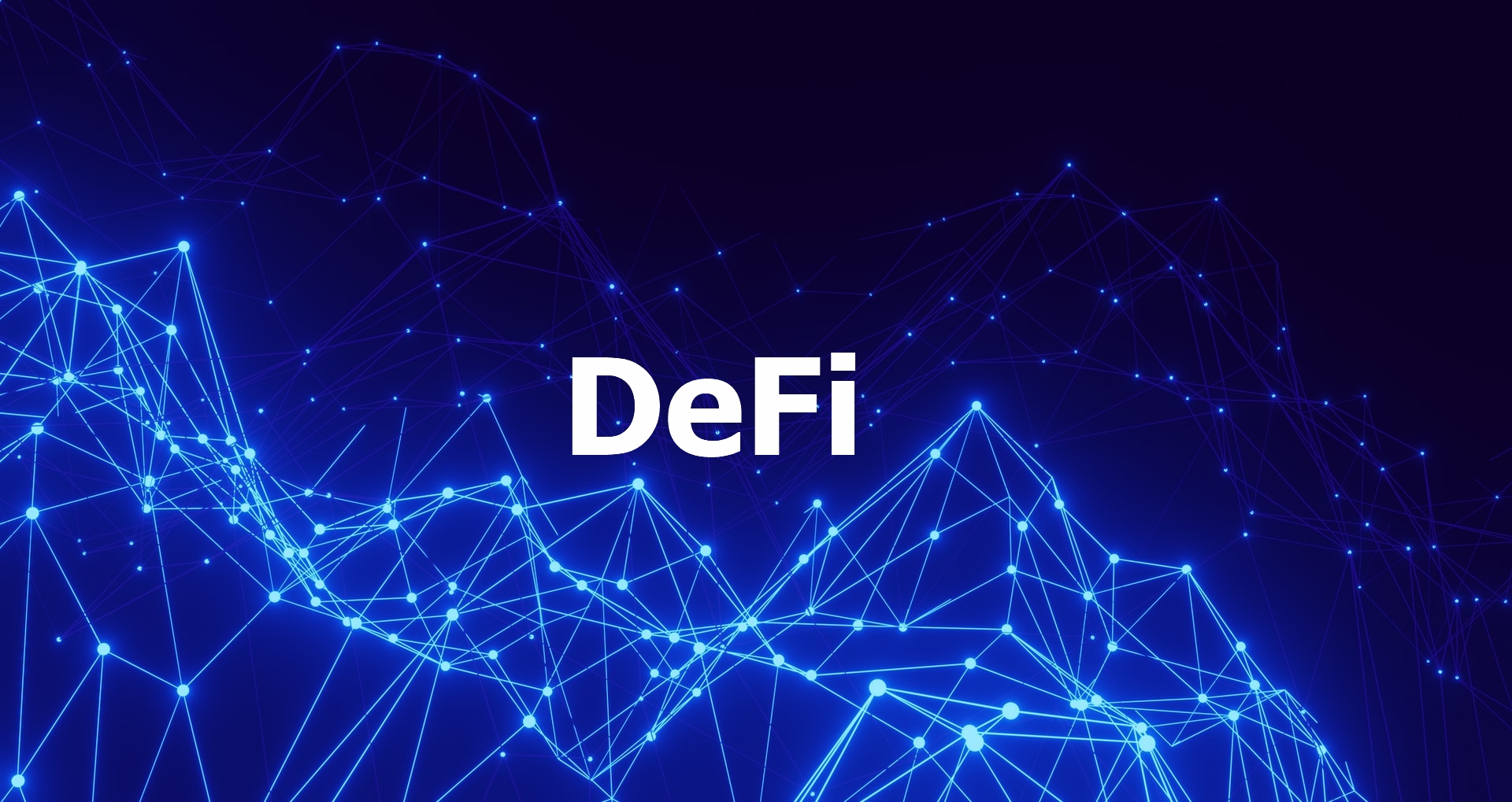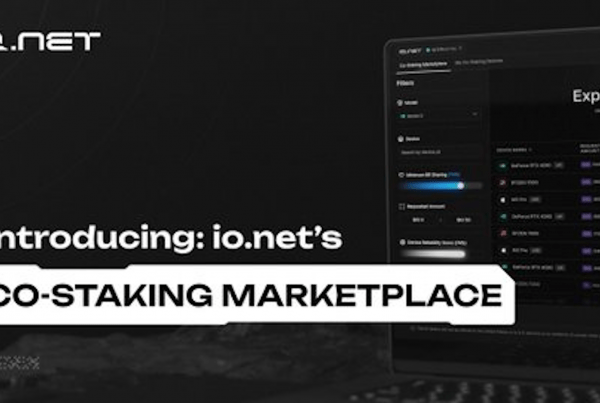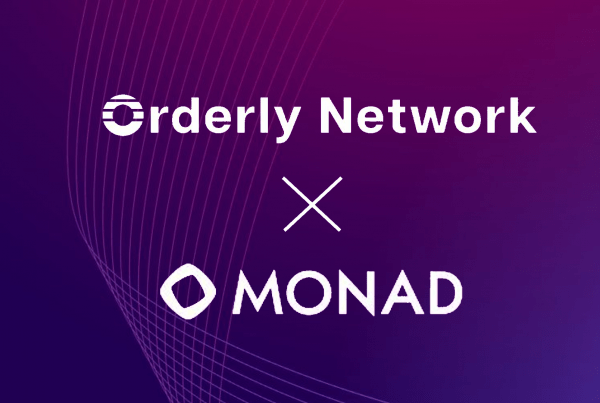
Key takeaways:
- The growth of the Decentralized finance (DeFi) sector appears to have slowed down after a period of explosive growth in the last few years.
- Among the main factors preventing DeFi to go mainstream is the high barrier to entry and the fact that liquidity is fragmented across more than 100 different chains.
- Several cross-chain service providers are trying to provide a universal portal to access the liquidity on any DeFi protocol.
- EYWA, one of the promising solutions, aims to facilitate the creation of a new generation of cross-chain DeFi protocols by allowing access to the liquidity of several blockchains at once.
A Brief History of DeFi
While Bitcoin’s early days’ slogan was “Be your own bank,” the first blockchain only facilitated simple transactions between users without the need for a centralized trusted middleman. In reality, banks offer a wide spectrum of financial services including more complex services, such as lending, borrowing, savings and trading currencies and securities. The decentralization of these services was out of reach for Bitcoin’s blockchain and only became possible with the arrival of various smart contract-enabled blockchains.
First decentralized financial applications emerged in 2018 and the term decentralized finance (DeFi) was coined for the nascent sector. Nevertheless, it was in 2020 when most of the exponential growth of DeFi took place. According to data by DefiLlama, there is currently more than $210 billion worth of digital assets locked in various DeFi protocols.
What Hinders Further DeFi Growth and Adoption?
While performing complex financial contracts without middlemen sounded very good to many early adopters, the rapidly growing DeFi sector, which heavily relied on the Ethereum blockchain at that time, soon faced the first hurdle. The infrastructure was simply not capable to process as many complex operations as users wanted to get processed.
As of today, we can say the scalability issue has successfully been tackled with the deployment of several Layer 2 solutions and the launch of various, more efficient, and more scalable networks.
Another factor that stirred many investors away from harnessing the full potential of emerging DeFi solutions, is the sector’s high entry barrier. While lower network fees have largely eliminated the financial component of the entry barrier, using DeFi services still demands a relatively high investment of time, which is needed to educate yourself about staking pools, learning about impermanent loss and finding lucrative deals in the opulence of available DeFi applications.
Nevertheless, several projects are successfully addressing this issue by providing concentrated learning materials and improving the UX of their applications. But there is one more factor that limits the further growth of the DeFi sector and this is the fragmentation of the space among numerous blockchain ecosystems.
Unifying DeFi’s Liquidity is Crucial for DeFi to go Mainstream
While the aforementioned total value locked (TVL) of $210 billion seems huge at first glance, the amount is not nearly as high after accounting for the fact that this valuation is split among a plethora of blockchains such as Ethereum, Terra, BSC, Avalanche, Solana, etc., and a protocol running on one blockchain usually cannot directly access the liquidity locked on another blockchain. In addition, instead of developing seamless and functional bridges between networks, blockchain projects often opt for incentivizing developers to lock liquidity within their ecosystem.
For example, just Fantom, Algorand, and Near Protocol combined have allocated more than $1 billion to boost their DeFi ecosystems in the past year. While a part of the allocated capital has found its way to promote cross-chain projects, the majority went to boosting DApps within their respective blockchain.
The poor compatibility between networks combined with transactions delays and sometimes even additional fees associated with inter-blockchain transactions has become one of the key factors slowing down DeFi’s growth. Addressing this issue is crucial for DeFi to have a shot at going mainstream, as newcomers for the most part won’t care which blockchain processes their transaction, but just that they get processed reliably, securely, and at a reasonable cost.
Projects Addressing the issue of DeFi Liquidity Fragmentation
Luckily, there are several projects already in the late stages of development that are here to tackle the problem of the fragmented DeFi liquidity. The projects working on solving this issue include Poly Network, Axelar Network, Connext, ChainBridge, Cosmos HUB, Chainlink, and EYWA. However, most teams are focusing on creating bridges to their own blockchains or solving the blockchain-specific interoperability problems and only a few projects have taken on a broader approach and attempted to solve the interoperability problem in general.
One of such projects is EYWA, a team that aims to expand the DeFi experience beyond single-chain ecosystems. Despite having secured grants from Harmony, NEAR, and Algorand, EYWA promises to remain independent and not give preference to any single blockchain. The EYWA team of blockchain and financial experts is convinced that DeFi is the future of a global financial system and is therefore building a universal and user-friendly cross-blockchain service that will facilitate the development of the new generation of cross-chain DeFi protocols. In addition, EYWA puts a great emphasis on accessibility and aims to make its products accessible on any mobile or desktop device.
EYWA Milestones and Roadmap for 2022
Up to now, the EYWA team has built, and alpha tested the EYWA DEX. The DEX has been connected with the Ethereum Rinkeby, BSC, Polygon, HECO, Avalanche, Solana, and cross-chain pools have been successfully established. Furthermore, the platform supports gasless transactions on all chains. In 2022 the EYWA developers team plans to deliver several new features to its large and active community of over 140,000 users.
The mainnet launch of a stable and infinity scalable version of the EYWA cross-chain protocol and the establishment of a decentralized autonomous organization (DAO) for governance and overseeing all major blockchain connections in the ecosystem is slated for Q2 2022. Until the end of 2022, the team also plans to deploy an NFT cross-chain bridge and trading platform and expand the list of supported networks by adding Cosmos, Terra, and other EVM-based blockchains.
EYWA Token Utility and Tokenomics
Besides the mainnet launch of the protocol and the establishment of a DAO, the EYWA team is also preparing for the launch and distribution of the EYWA utility token, which is expected to take place in May. The solution’s native token will be used to pay for making cross-chain calls as well as incentivize liquidity providers to EYWA’s cross-chain pools. In addition, holding EYWA tokens will open doors to several additional income streams as users that will hold at least 100,000 EYWA in the protocol’s smart contract will get access to the EYWA Relayer Network Node, granting them a fixed yield and a share of the network’s income generated by processed cross-chain calls. In short, EYWA will ensure stable, secure, and decentralized operation of the platform.
Initially, the total supply of EYWA tokens will be capped at 1 billion but additional tokens could be issued in the future based on the DAO’s decision. Out of the initial supply, 120 million tokens (12%) will be distributed to core inventors from a private funding round and only 20 million tokens (2%) will be dedicated to a public token sale. Astonishing 58% of the supply will be locked in DAO treasury to provide funds for yield farming, staking rewards, grants, marketing, governance incentives, and strategic fund allocation.
After the mainnet launch, early EYWA users and testers of the cross-chain functions will be rewarded with a share of the 10 million token (1% of total supply) reward pool. The product’s alpha testing will take on a gamified format, where each tester’s contribution earns them a certain number of points. The EYWA team will mint a collection of unique NFTs and distribute them to the testers, with the testers that have contributed the most towards the product development receiving the rarest NFTs. On the other hand, those that have only slightly helped with the development will receive more common collectible items.
DeFi’s Future Lies in the Hands of Cross-Chain Solutions
To conclude, cross-chain services are of crucial importance if we ever want to see DeFi applications go mainstream and really disrupt the traditional financial structures. EYWA is one of the few projects that have opted for a universal approach to solving the fragmentation of liquidity between different DeFi chains. Besides unifying DeFi’s liquidity, EYWA also strives to make decentralized finance easy, accessible, and understandable even for beginners by bringing together the best that has been created in DeFi thus far.



